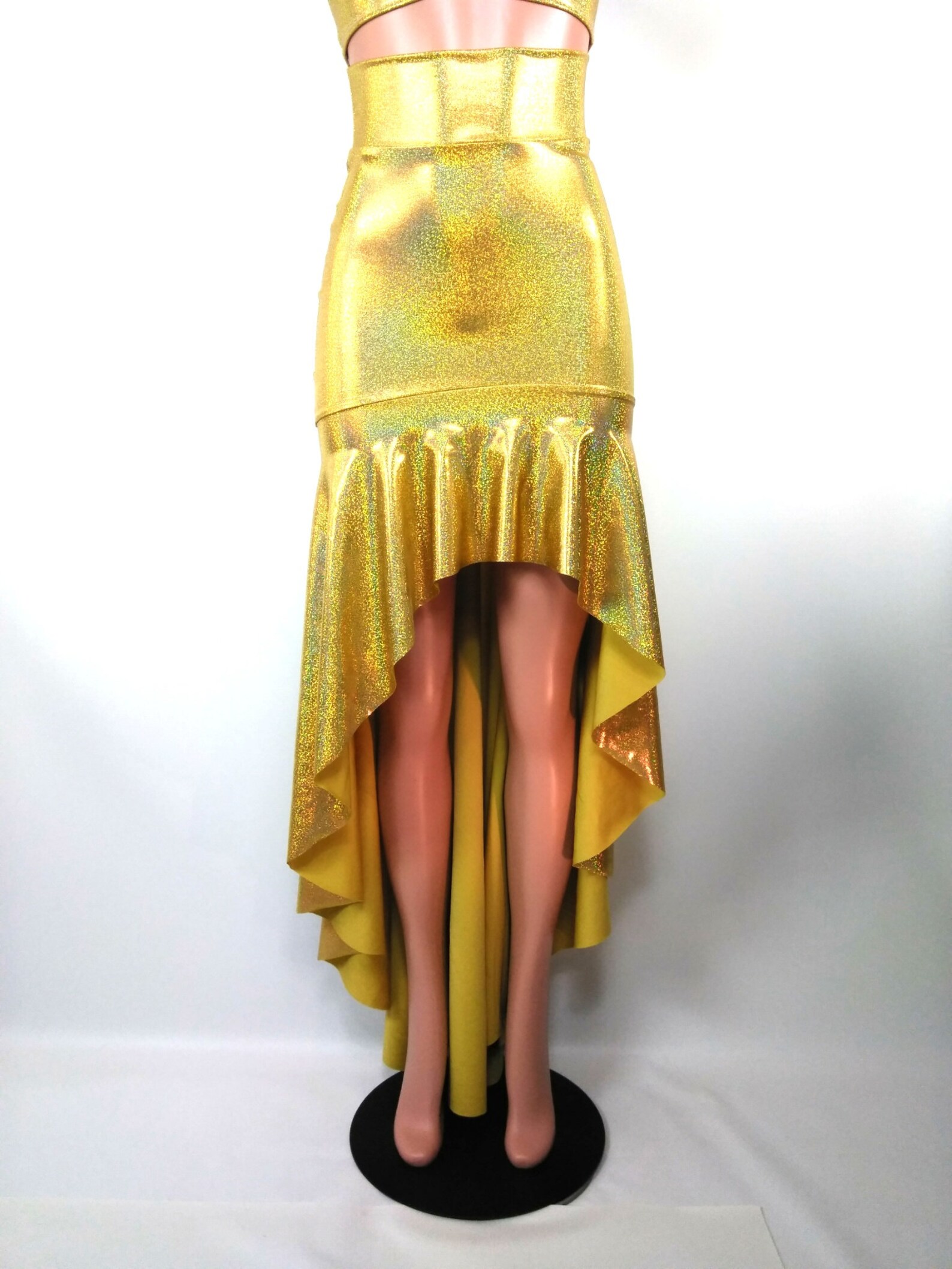

The domestication of silkworms, the production of silk fiber, and the weaving of silk cloth go back to at least the third millennium b.c.e. Nevertheless, some generalizations apply. Thus the term "ancient China" is a phrase of convenience that masks significant regional cultural variation. On the other hand, they were in contact with each other through trade, warfare, and other means, and over the long run all of them were subsumed into the political and cultural entity of China. These centers of Neolithic cultures almost certainly represent several distinct ethnolinguistic groups and can readily be differentiated on the basis of material culture. The area that is now called "China" coalesced as a civilization from several centers of Neolithic culture, including among others Liaodong in the northeast the North China Plain westward to the Wei River Valley the foothills of Shandong in the east the lower and middle reaches of the Yangtze River Valley the Sichuan Basin and several areas on the southeastern coast. With the fall of the last imperial dynasty in 1911, new styles of clothing were adopted, as people struggled to find ways of dressing that would be both "Chinese" and "modern." Cloth and Clothing in Ancient China The well-known "dragon robes" of Chinese emperors and high officials were a relatively late development, confined to the last few centuries of imperial history. Women's clothing was generally more colorful than men's. Men's clothing was often made in solid, dark colors, except for clothing worn at court, which was often brightly ornamented with woven, dyed, or embroidered patterns. Silk floss-broken and tangled silk fibers left over from processing silk cocoons-made a lightweight, warm padding material for such winter garments. In cold weather, people of all classes wore padded and quilted clothing of fabrics appropriate to their class. Working-class men and women wore a shorter version of the robe-thigh-length or knee-length-with trousers or leggings, or a skirt members of both sexes wore both skirts and trousers.

A variant for upper-class women was a shorter robe with tighter-fitting sleeves, worn over a skirt.

Sometimes a coat or jacket was worn over the robe itself.

Upper-class men and women wore this garment in a long (ankle-length) version, often with wide, dangling sleeves men's and women's garments were distinguished by details of cut and decoration. Details of this garment changed greatly over time, but the basic idea endured. The clothing of members of the elite was distinguished from that of commoners by cut and style as well as by fabric, but the basic garment for all classes and both sexes was a loosely cut robe with sleeves that varied from wide to narrow, worn with the left front panel lapped over the right panel, the whole garment fastened closed with a sash. Agricultural workers of both sexes have traditionally worn broad conical hats woven of bamboo, palm leaves, or other plant materials, in shapes and patterns that reflect local custom and, in some cases, ethnicity of minority populations. To appear "with hair unbound and with garments that wrap to the left," as Confucius put it, was to behave as an uncivilized person. No respectable male adult would appear in public without some kind of head covering, whether a soft cloth cap for informal wear, or a stiff, black silk or horsehair hat with "wing" appendages for officials of the civil service. The rite of passage of a boy to manhood was the "capping ceremony," described in early ritual texts. Throughout their history, the Chinese used textiles and clothing, along with other cultural markers (such as cuisine and the distinctive Chinese written language) to distinguish themselves from peoples on their frontiers whom they regarded as "uncivilized." The Chinese regarded silk, hemp, and (later) cotton as "civilized" fabrics they strongly disliked woolen cloth, because it was associated with the woven or felted woolen clothing of animal-herding nomads of the northern steppes.Įssential to the clothed look of all adults was a proper hairdo-the hair grown long and put up in a bun or top-knot, or, for men during China's last imperial dynasty, worn in a braided queue-and some kind of hat or other headgear. After the Chinese Revolution of 1911, new styles arose to replace traditions of clothing that seemed inappropriate to the modern era. The story of dress in China is a story of wrapped garments in silk, hemp, or cotton, and of superb technical skills in weaving, dyeing, embroidery, and other textile arts as applied to clothing. Chinese clothing changed considerably over the course of some 5,000 years of history, from the Bronze Age into the twentieth century, but also maintained elements of long-term continuity during that span of time.


 0 kommentar(er)
0 kommentar(er)
